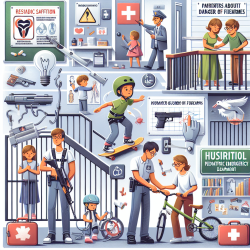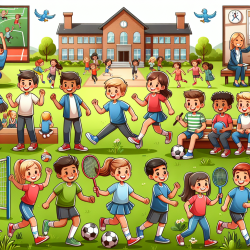Pediatric unintentional injuries remain a significant concern as they are the leading cause of death among children in the United States. Recent research, such as the study "Safe at home: prevention of pediatric unintentional injuries," highlights the critical role of education and safety equipment in reducing these incidents. This blog explores how practitioners can implement these findings to improve their practice and encourage further research.
The Importance of Education and Equipment
The study conducted in a pediatric emergency department (PED) underscores the importance of educating caregivers about safe storage practices for medications and firearms. The research involved providing families with medication lockboxes, firearm cable locks, and educational materials. Results showed that 71.7% of families had never received medication storage education from healthcare professionals, while 82.8% had not received firearm storage education. This gap presents an opportunity for practitioners to enhance their educational efforts.
Key Findings from the Study
- Medication Storage: Only 12.1% of families stored medications in a locked location.
- Firearm Storage: 59% of firearm-owning participants stored firearms locked and unloaded.
- Ammunition Storage: 77.8% stored ammunition separately from firearms.
The study's findings indicate a clear need for comprehensive education on safe storage practices to prevent unintentional injuries among children.
Implementing Effective Strategies
Pediatric practitioners can play a crucial role in injury prevention by incorporating these strategies into their practice:
- Integrate Education into Routine Care: Use every interaction with families as an opportunity to discuss safety practices, especially during downtime in PEDs.
- Provide Safety Equipment: Distribute lockboxes and firearm locks along with educational materials to reinforce safe storage practices.
- Create Partnerships: Collaborate with local organizations and law enforcement to provide comprehensive safety education.
The Role of Further Research
The study highlights the potential benefits of having dedicated injury prevention educators within PEDs. Future research could explore the impact of such roles on reducing unintentional injuries. Additionally, investigating family attitudes towards safety education from various sources could provide insights into improving educational approaches.
Pediatric practitioners are encouraged to stay informed about emerging research and consider how new findings can be applied to enhance patient care and safety.
Safe at home: prevention of pediatric unintentional injuries










